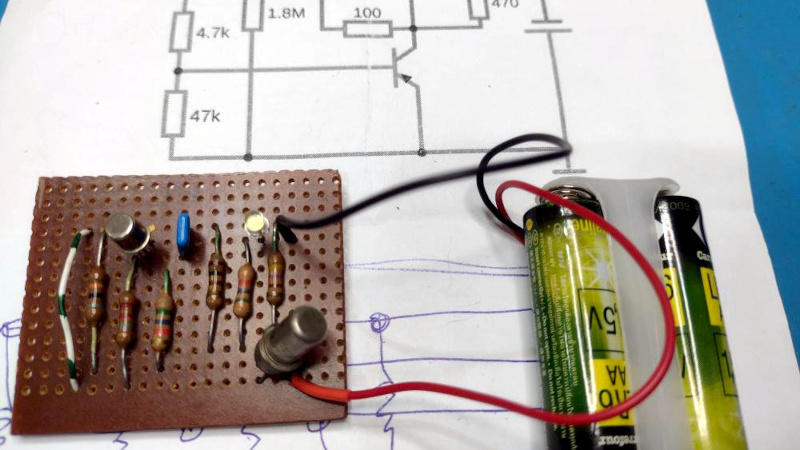2025 One Hertz Challenge: An Ancient Transistor Counts The Seconds

If you’ve worked with germanium transistors, you’ll know that many of them have a disappointingly low maximum frequency of operation. This has more to do with some of the popular ones dating from the earliest years of the transistor age than it does to germanium being inherently a low frequency semiconductor, but it’s fair to say you won’t be using an OC71 in a high frequency RF application. It’s clear that [Ken Yap]’s project is taking no chances though, because he’s using a vintage germanium transistor at a very low frequency — 1 Hz, to be exact.
The circuit is a simple enough phase shift oscillator that flashes a white LED, in which a two transistor amplifier feeds back on itself through an RC phase shift network. The germanium part is a CV7001, while the other transistor is more modern but still pretty old these days silicon part, a BC109. The phase shift network has a higher value resistor than you might expect at 1.8 MOhms, because of the low frequency of operation. Power meanwhile comes from a pair of AA cells.
We like this project not least for its use of very period passive components and stripboard to accompany the vintage semiconductor parts. Perhaps it won’t met atomic standards for timing, but that’s hardly the point.
This project is an entry in the 2025 One Hertz Challenge. Why not enter your own second-accurate project?
from Blog – Hackaday https://ift.tt/496RBDA

Comments
Post a Comment